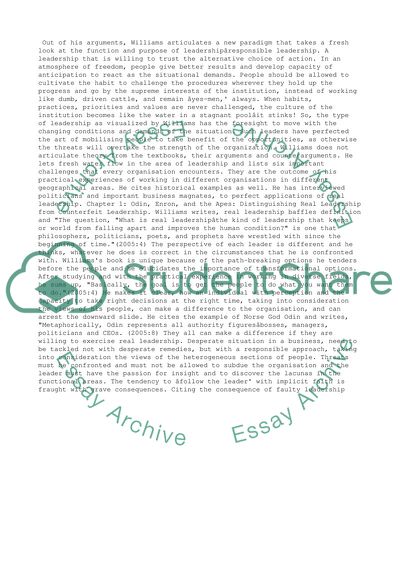Cite this document
(“Summery of book ( Real leadership for Dean Williams) Report/Review”, n.d.)
Retrieved from https://studentshare.org/management/1471163-summery-of-book-real-leadership-for-dean-williams
Retrieved from https://studentshare.org/management/1471163-summery-of-book-real-leadership-for-dean-williams
(Summery of Book ( Real Leadership for Dean Williams) Report/Review)
https://studentshare.org/management/1471163-summery-of-book-real-leadership-for-dean-williams.
https://studentshare.org/management/1471163-summery-of-book-real-leadership-for-dean-williams.
“Summery of Book ( Real Leadership for Dean Williams) Report/Review”, n.d. https://studentshare.org/management/1471163-summery-of-book-real-leadership-for-dean-williams.


